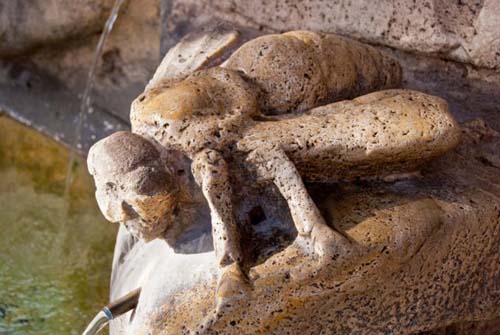
Italy: Barberini Bees and Bernini – a Roman story
Newswire
Rome: The Barberini family, an aristocratic Italian dynasty, attained enormous riches, power and influence in 17th-century Rome, peaking with the election of Cardinal Maffeo Barberini as Pope Urban VIII in 1623.
The two-decade long pontificate of the new Barberini pope – a passionate patron of the arts – was marked by ecclesiastical, diplomatic and cultural triumphs.
His reign was also overshadowed by nepotism and the pillaging of ancient Roman monuments, leading to the expression ‘Quod non fecerunt barbari, fecerunt Barberini’ (What the barbarians did not do, the Barberini did).

Urban VIII spared no expense in decorating the family’s new urban palace, Palazzo Barberini, completed in 1633 and designed by three great architects in succession: Carlo Maderno, Francesco Borromini and Gian Lorenzo Bernini.
The Barberini palaces, churches and fountains were all adorned with the family’s coat of arms – an iconic image of three bees – as a visual reminder of their power and patronage in Baroque Rome.
Pope Urban VIII tasked Bernini with “stamping” his commissions with the family crest, notably on the base of the Baldachin canopy in St Peter’s Basilica, allegedly created by melting down the ancient bronze ceiling from the portico of the Pantheon.
Visitors to Palazzo Barberini – today home to Italy’s collection of ancient art including masterpieces by Caravaggio and Raphael – will notice the family’s bees carved on crests and into the palace walls.
Elsewhere, the bees make an appearance in the Fountain of the Bees, created by Bernini, located just off Piazza Barberini, and in a stained glass window in the Basilica of S. Maria in Ara Coeli.
So as you walk around Rome on World Bee Day, keep an eye out for the centuries-old bees adorning the city’s great monuments.
